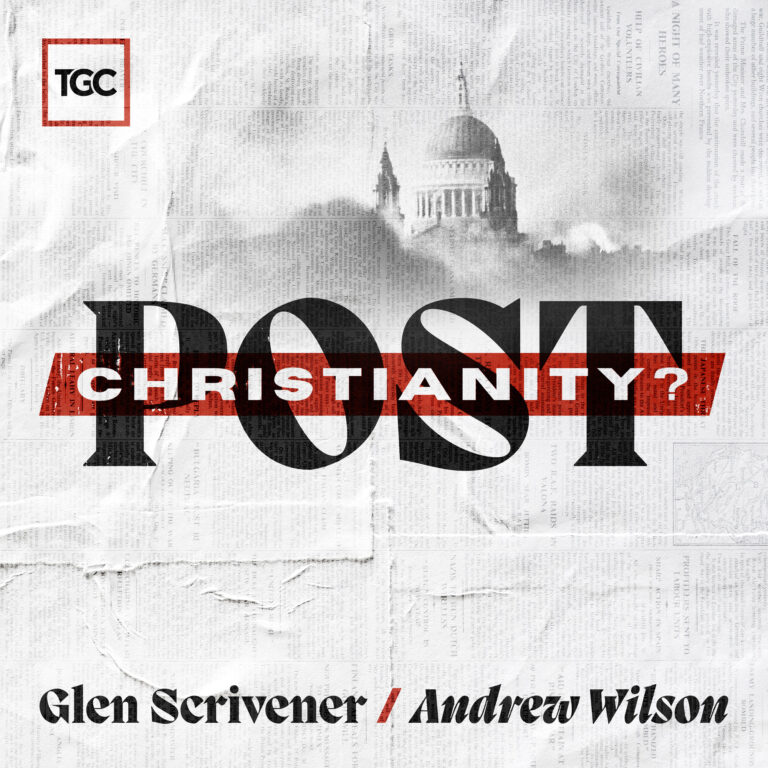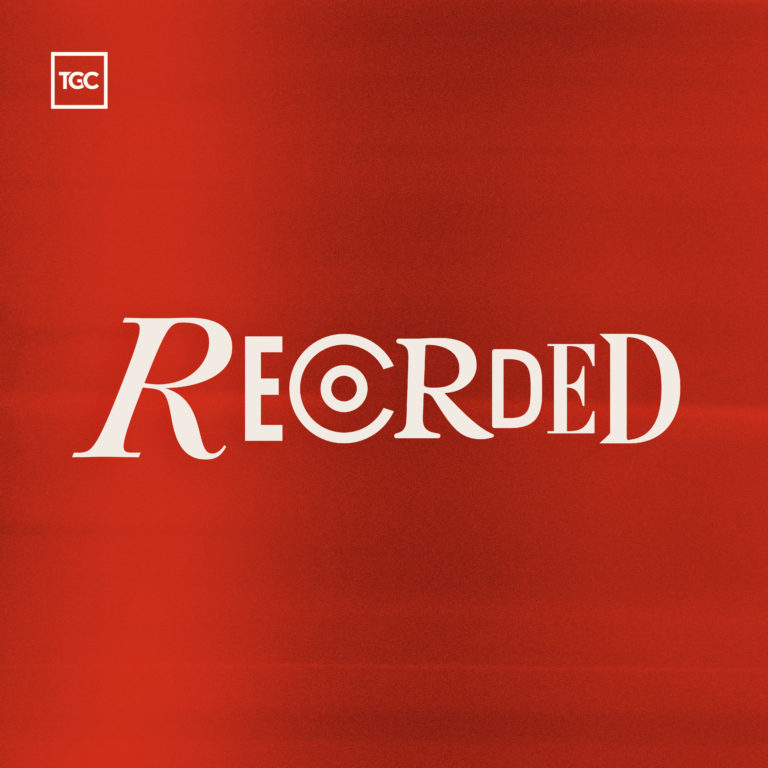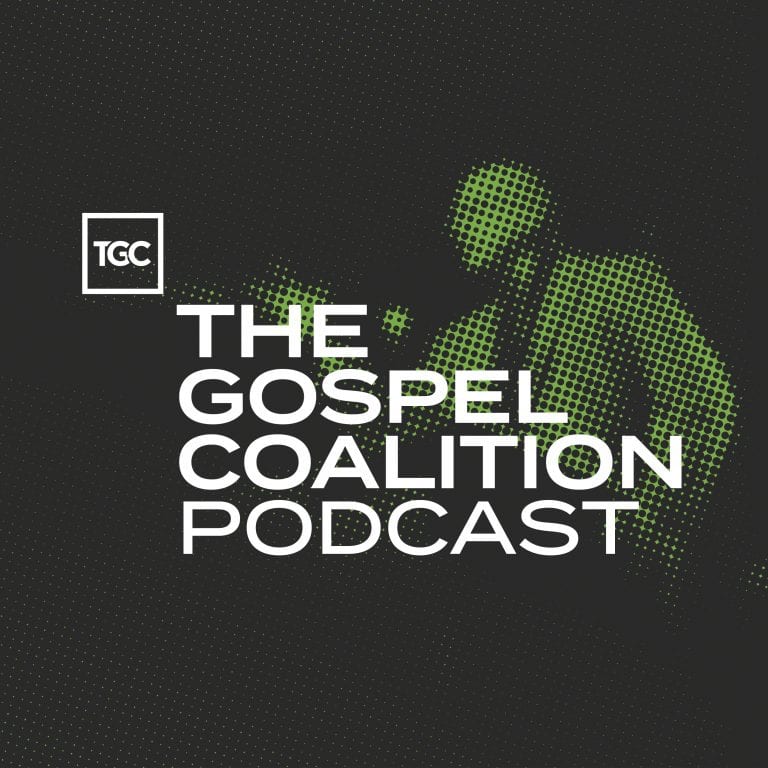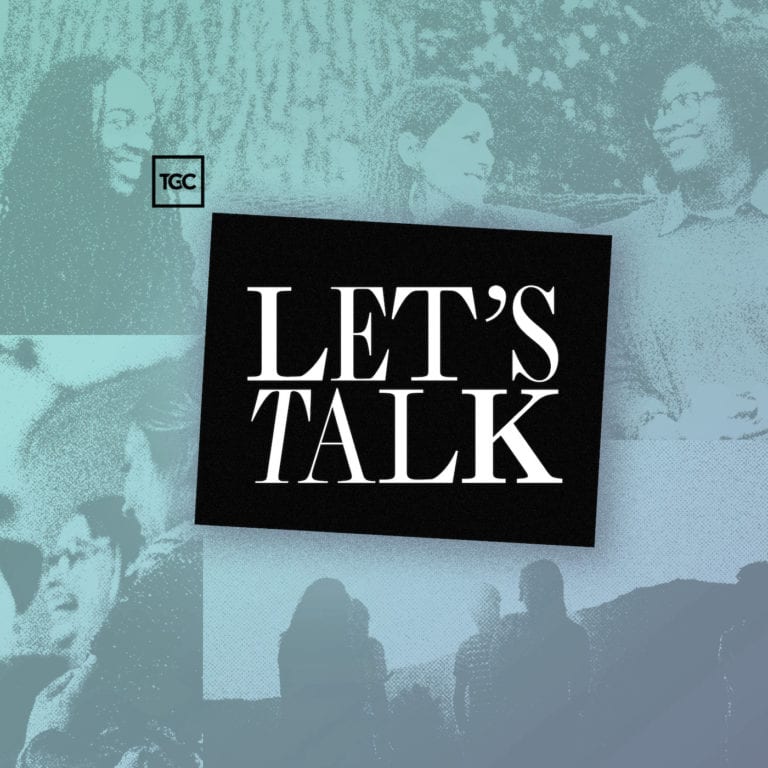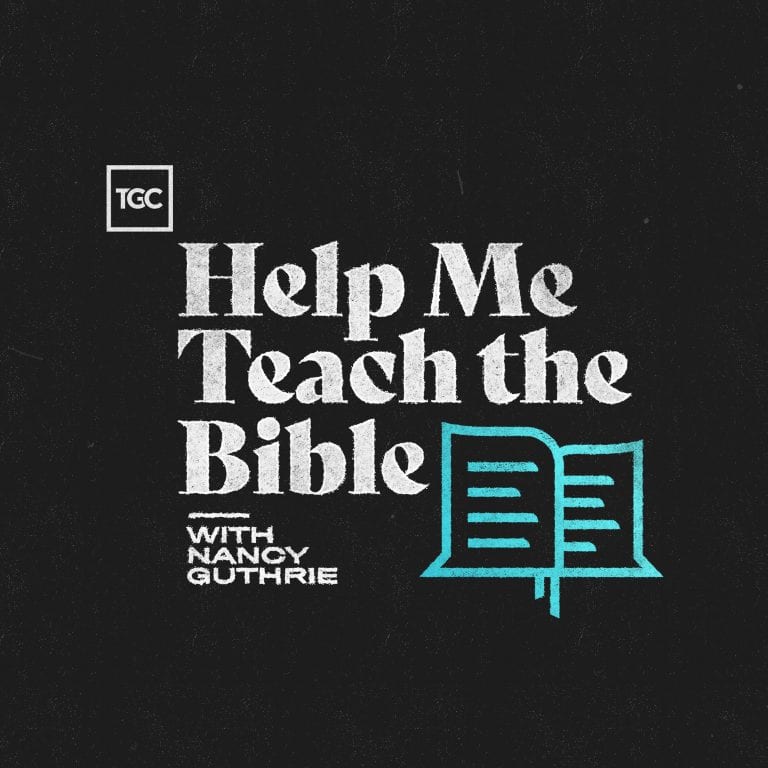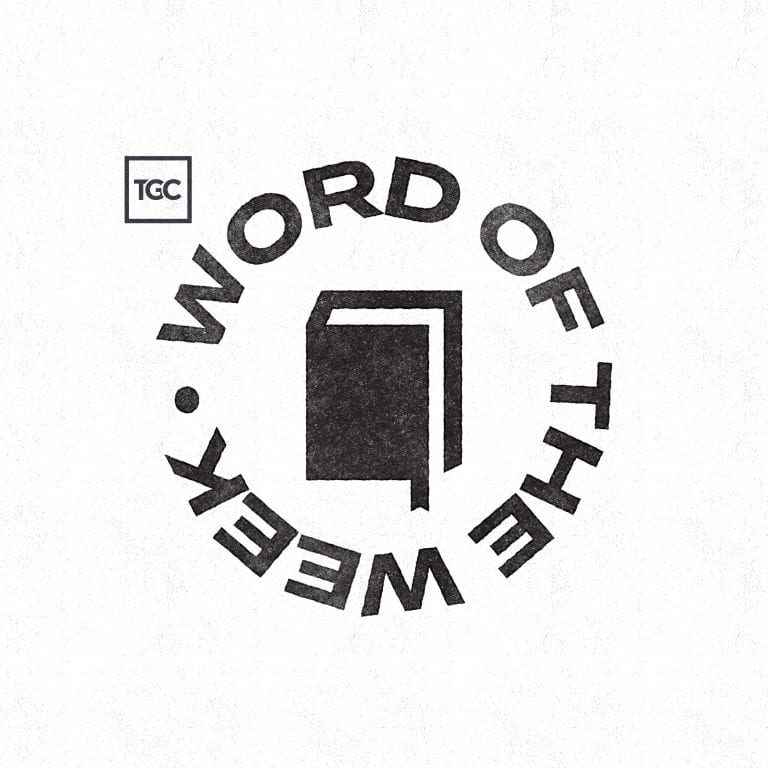Apologetics at the Cross was chosen as a winner in our 2018 TGC Book Awards.
What comes to mind when you think of Christian apologetics? How is it done, and whose responsibility is it? Some prominent Christian leaders recently shared what comes to their minds—the steady publication of apologetic-themed books, ongoing public debates, and the proliferation of blogs and social media. Citing these trends, two leaders declared that we’re experiencing the “golden age” of apologetics.
I’m not convinced. Though I don’t wish to minimize the intrinsic value of much of the apologetic work, I do suspect it’s contributed to an impoverished view of apologetics as a purely intellectual discipline conducted primarily by professionals. Far from being in its golden age, apologetics is now rarely found in the one place where it must be found—local churches.
Far from being in its golden age, apologetics is now rarely found in the one place where it must be found—local churches.
I fear that in many churches, apologetics is seen as a daunting task to be outsourced rather than a joyful calling to be embodied as a way of life. Churches are thus left with a secondhand “drive-by apologetics” that doesn’t witness to a particular people and place. We need a better way.

Apologetics at the Cross: An Introduction for Christian Witness
Joshua D. Chatraw and Mark D. Allen
Apologetics at the Cross: An Introduction for Christian Witness
Joshua D. Chatraw and Mark D. Allen
Amid the pluralism and secularism of Western culture, Christian apologetics has experienced a renewal of interest. In Apologetics at the Cross, Joshua D. Chatraw and Mark D. Allen provide an introduction to the field, acquainting students and lay learners with the rich history, biblical foundation, and ongoing relevance of apologetics. With their respectful approach, Chatraw and Allen equip Christians to engage skeptics with the heart as well as the mind.
In Apologetics at the Cross: An Introduction for Christian Witness, authors Joshua Chatraw and Mark Allen show us a strikingly better way. As faculty members at Liberty University, Chatraw and Allen “sensed a disconnect between apologetics and the local church” and between apologetics and other disciplines (13). As a corrective, the church must recover what they call “apologetics at the cross.” Comparing the layout of the book to the construction of a house, they construct their proposal in three parts: the foundation, the walls/exterior structure, and the interior practice of apologetics at the cross.
Gospel Foundation
In part one, Chatraw and Allen begin by laying a distinctly biblical foundation for apologetics (chs. 1–2). After surveying how apologetics is practiced in the New Testament, they conclude: “An apologetic should be measured by the degree of clarity with which it points to and functions in light of the most important event in human history [i.e., the death and resurrection of Jesus Christ]” (61).
In many churches, apologetics is largely seen as a daunting task to be outsourced rather than a joyful calling to be embodied as a way of life.
This point carries two important considerations. First, the goal of apologetics must be to “clear the debris of doubt out of people’s paths and propel them forward toward the gospel” (137). While this point should seem obvious, it’s lost on some for whom apologetics seems to “simply be [about] intellectual respectability or a defense of theism, as if belief in any deity will do” (29). However, second, we mustn’t merely tack on the gospel to the end like some sort of appendage. The gospel must shape the entire way we do apologetics, guiding us to humbly focus on the needs of others and graciously show them how their needs are met in Christ.
As Chatraw and Allen show, the Bible places ultimate importance on the goal and character of apologetics and “does not outline any single, definitive apologetic method,” but instead “makes many different kinds of appeals and persuades at various levels using contextualized arguments” (105). They then draw insights from a variety of sources in the Christian tradition (chs. 3–4).
Apologetics as Map-Making
Building on the biblical and historical foundation that’s been laid, in part two (chs. 5–9) Chatraw and Allen turn to construct the “walls” that provide the framework for apologetics at the cross. In chapter five, they encourage the reader to view apologetics as a map-making enterprise in which Christians “lead people on a journey to our ‘hometown’—the Christian faith” (105). The authors then survey four prominent apologetic methodologies that offer competing ways to draw such maps: (1) classical apologetics, (2) evidential apologetics, (3) presuppositional apologetics, and (4) experiential/narratival apologetics.
Though Chatraw and Allen helpfully summarize key strengths and weaknesses of these methodologies, they don’t champion any one as “the map” to use. Rather than relying on a single map, “apologetics at the cross stresses that different people find different arguments and collections of arguments more persuasive than others” (130). For this reason, Chatraw and Allen strive to equip readers with the resources necessary to begin drawing contextualized maps of their own.
These maps should lead people to a common destination—the gospel. In light of this, Chatraw and Allen identify four gospel implications (chs. 6–9) that ought to frame the map-making process:
- We are called to take people to the cross (i.e., the gospel) through word and deed (ch. 6).
- We are called to demonstrate cruciform humility before God and others (ch. 7).
- We must appeal to the whole person for the sake of the gospel (ch. 8).
- We must contextualize through the lens of the cross (ch. 9).
‘Inside Out’ Approach
Having explained the framework for apologetic map-making, Chatraw and Allen devote part 3 (chs. 10–13) to guiding us through the actual process of drawing maps to the Christian faith. Because you can’t draw a useful map without knowing the place a person is starting, the first step (ch. 10) is to “step inside an unbeliever’s cultural framework and work from the inside out” (197).
The gospel must shape the entire way we do apologetics, guiding us to humbly focus on the needs of others and graciously show them how their needs are met in Christ.
The authors provide a series of diagnostic questions that help the apologist go inside the unbeliever’s framework to “challenge it on its own terms by helping them see that it is inconsistent and unlivable,” and then working their way out by “lay[ing] the groundwork for them to take Christianity . . . more seriously” by demonstrating how the gospel alone addresses their need (217).
While drawing maps to the Christian faith, apologists must be prepared to clear debris along the road. To this end, Chatraw and Allen address some prominent cultural attitudes (ch. 11) and rational “defeaters” (ch. 12) that affect an unbeliever’s ability to accept the plausibility of Christianity. Rather than offering a “universal map for answering each defeater so you can memorize and then mechanistically recite it,” they provide “trajectories for responses that you can personalize when you are drawing a map to answer a particular set of challenges to Christianity” (251).
Urgent Corrective
What comes to mind when you think of Christian apologetics? If it’s anything less than the gospel of Jesus Christ, then it isn’t Christian apologetics, Chatraw and Allen say. With its call to recognize “the gospel [as] both the goal and the lens through which the apologetic task is approached,” Apologetics at the Cross stands as an urgent corrective to those “apologists of glory” who seem more interested in winning a respectability contest than in leading unbelievers to the cross (318).
What comes to mind when you think of Christian apologetics? If it’s anything less than the gospel of Jesus Christ, then it isn’t Christian apologetics.
This book also offers a timely corrective to churches and individual Christians who outsource the work of apologetics to academic and parachurch professionals (318). In their closing paragraph, Chatraw and Allen beautifully emphasize the need for local churches to function as a corporate apologetic for Jesus Christ:
A healthy church remains central to a healthy apologetic. Cruciform lives, functioning as apologetic portraits to the world around us, are not ultimately or primarily cultivated by attending weekend conferences, watching your favorite apologist on the internet, or even reading books like this. The wisdom of the cross, so central in drawing the right apologetic map for the right situation, grows within the rich soil of God’s people singing, reading, feasting, praying, and confessing around God’s Word. (318)
Christians who are ready to take up the call to draw life-saving, contextualized maps for their unbelieving neighbors will find Apologetics at the Cross an excellent place to begin. It’s one of those rare books that capably surveys historical and contemporary issues while constructively offering practical insights and tools. When ready to move on, the reader will be pointed in fruitful directions by an array of resources the authors recommend for additional study.
Simply put, Apologetics at the Cross is the best single-volume introduction to apologetics available today and is sure to become a standard textbook.
Editors’ note: Joshua Chatraw and Mark Allen will be leading a workshop on “Augustinian Apologetics for Everyday Conversations” at our 2019 National Conference, April 1 to 3 in Indianapolis. You can browse the complete list of 74 speakers and 58 talks. The conference is fast-approaching, so register soon!

























